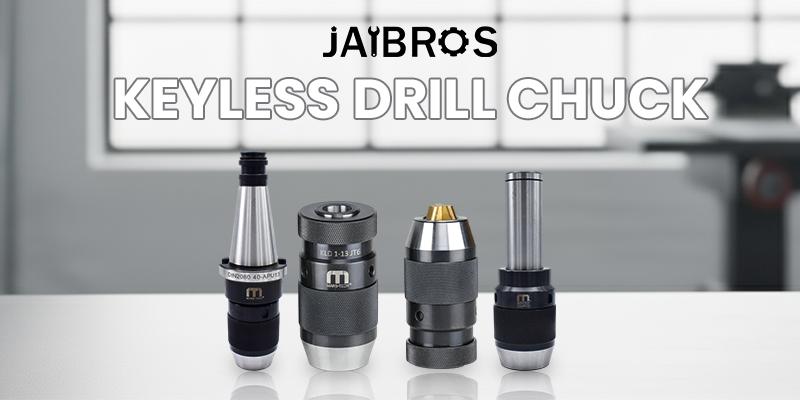Understanding Cementitious Waterproofing and Tiles Grouting Material

Applications of Cementitious Waterproofing
-
Water Tanks and Reservoirs
Protecting water storage structures is critical to prevent leaks and contamination. Cementitious waterproofing provides a watertight layer that ensures clean water storage while maintaining structural integrity. -
Bathrooms and Wet Areas
In areas constantly exposed to moisture, such as bathrooms, kitchens, and laundry rooms, cementitious waterproofing prevents seepage that can damage walls, floors, and underlying structures. -
Terraces and Roofs
Roofs are highly vulnerable to water penetration due to constant exposure to rain and sunlight. Applying a cementitious waterproofing layer protects the underlying concrete and prevents costly repairs due to leakage.
Understanding Tiles Grouting Material
Tiles grouting material is a crucial component in tiling systems that fills the gaps between individual tiles. Proper grouting ensures the structural integrity of the tiled surface, prevents water infiltration, and enhances the overall appearance. Grouting materials can be cement-based, epoxy-based, or a combination of both, each offering distinct advantages depending on the project requirements.
Benefits of Using Quality Tiles Grouting Material
-
Structural Stability
Grouting provides strength and stability to tiled surfaces. By filling the gaps between tiles, it prevents movement and shifting, ensuring that the tiles remain firmly in place. This is especially important in high-traffic areas such as kitchens, bathrooms, and commercial spaces. -
Water and Moisture Resistance
Properly applied grout acts as a barrier against moisture, preventing water from seeping beneath tiles. This helps protect the underlying substrate from damage and reduces the risk of mold and mildew growth, which can compromise indoor air quality. -
Aesthetic Enhancement
Tiles grouting material is available in a variety of colors and finishes, allowing designers and homeowners to achieve a polished and cohesive look. By selecting a color that complements the tiles, grouting enhances the overall visual appeal of the surface, creating seamless transitions between tiles.
Applications of Tiles Grouting Material
-
Residential Spaces
Grouting is essential for tiled floors, walls, and backsplashes in homes. It not only enhances durability but also prevents dirt and grime from accumulating in the spaces between tiles, ensuring easy maintenance. -
Commercial Areas
In offices, retail spaces, and other commercial settings, high-quality grout helps withstand heavy foot traffic while maintaining the aesthetic appeal of tiled surfaces. Its durability ensures that tiled areas remain functional and visually appealing over time. -
Outdoor Areas
Tiles grouting material is also used in outdoor applications, such as patios, walkways, and pool decks. Special grout formulations with higher water and weather resistance are ideal for these environments, providing long-lasting performance despite exposure to harsh conditions.
Choosing the Right Products
Selecting the right cementitious waterproofing and tiles grouting material is crucial for the success of any project. The choice depends on factors such as the type of substrate, environmental conditions, and desired aesthetics.
Tips for Choosing Cementitious Waterproofing
-
Check Compatibility: Ensure the product is suitable for the type of surface being treated.
-
Consider Exposure: For areas exposed to continuous water contact, opt for products with higher waterproofing efficiency.
-
Ease of Application: Evaluate whether the product is easy to apply for your specific project size and complexity.
Tips for Choosing Tiles Grouting Material
-
Durability: Select grout that can withstand the expected traffic and environmental conditions.
-
Water Resistance: For wet areas, choose a grout with enhanced moisture resistance to prevent water seepage.
-
Color and Finish: Consider aesthetic factors to match the overall design scheme and maintain the visual appeal of tiled surfaces.
Installation Best Practices
Proper installation of both cementitious waterproofing and tiles grouting material is essential for optimal performance. Following best practices ensures that surfaces remain protected and visually appealing for years.
Cementitious Waterproofing Installation Tips
-
Surface Preparation: Clean the surface thoroughly, removing dust, grease, and loose particles for better adhesion.
-
Priming: Apply a primer or bonding agent if recommended to enhance the bonding of the waterproofing layer.
-
Layering: Apply multiple coats as per manufacturer guidelines, ensuring complete coverage and uniform thickness.
Tiles Grouting Material Installation Tips
-
Mixing: Prepare the grout according to the recommended water-to-powder ratio for consistency.
-
Application: Use a rubber float to fill the joints completely, ensuring no gaps or voids remain.
-
Finishing: Wipe off excess grout and smoothen the joints to achieve a clean, professional finish.
Maintenance Tips for Longevity
Even after proper installation, maintenance plays a key role in prolonging the life of waterproofed and tiled surfaces.
Cementitious Waterproofing Maintenance
-
Inspect periodically for cracks or signs of wear.
-
Repair any minor damage immediately to prevent water penetration.
-
Avoid using harsh chemicals that may compromise the waterproofing layer.
Tiles Grouting Material Maintenance
-
Clean grout lines regularly to prevent dirt buildup and staining.
-
Reseal grout in wet areas periodically to maintain water resistance.
-
Address cracks or damaged grout immediately to prevent tile loosening or water infiltration.
Conclusion
Cementitious waterproofing and Tiles Grouting Material are essential components for constructing durable, water-resistant, and visually appealing surfaces. Cementitious waterproofing offers robust protection against water damage, while tiles grouting material ensures structural stability and enhances aesthetics. By selecting high-quality products and following proper installation and maintenance practices, homeowners and builders can create long-lasting, functional, and beautiful spaces.
Investing in the right materials not only safeguards structures but also contributes to the overall value and longevity of a property. Whether for residential or commercial projects, understanding the benefits and applications of these materials is key to achieving high-quality results.






